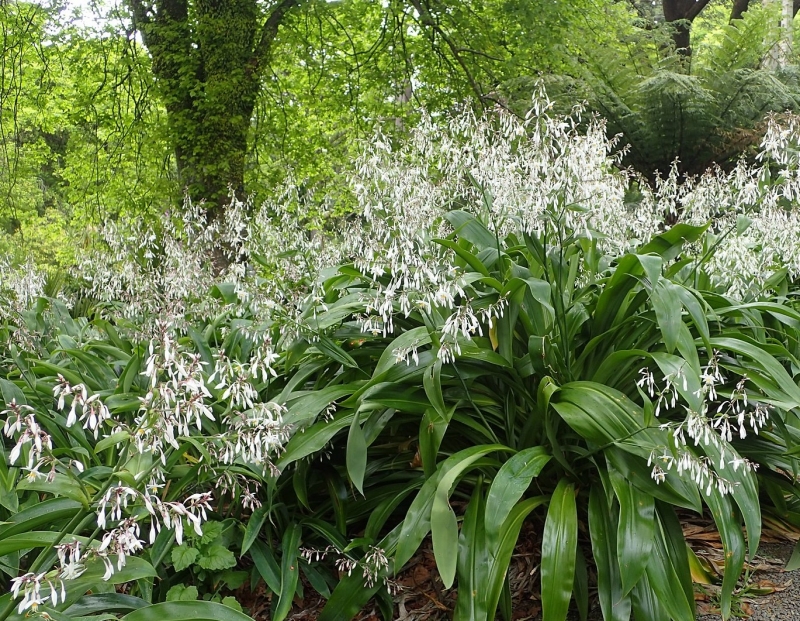

| synonyms | Arthropodium cirrhatum | |
| height | 1–3ft | |
| width | 1–2ft | |
| tolerates | Coast, Cool Summers, Fog, Salt, Wind | |
| water needs |
Low – Moderate | |
| water info |
This plant is drought tolerant when grown in the shade near the coast, needing a deep watering every 1 to 2 weeks during dry months. If grown inland, away from fog drip, this plant needs more regular waterings, once or twice a week. | |
| hardy to |
15F | |
| exposure | Part Sun – Full Sun | |
| indoor outdoor |
Outdoor | |
| drainage | In Ground: Planting Mix, In Pots: Potting Soil, Tolerates Heavy Soil, Tolerates Sandy Soil | |
| fertilizing | All Purpose | |
| origin | New Zealand | |
| california native |
No | |
| sunset zones |
5, 6, 14–17, 20–H2 |
Full Sun
Six or more hours of sun beams directly landing on the plant's leaves.
Part Shade
Three to five hours of sun beams directly landing on the plant's leaves.
Part Sun
One to two hours of sun beams directly landing on the plants leaves.
Full Shade
The plant is never fully lit by sun beams,
but is in a bright spot or has dappled sunbeams playing over the leaves throughout the day.
Deep Shade
The plant never has dappled light on the leaves, and is in a place that feels dim, even on a nice sunny day.
